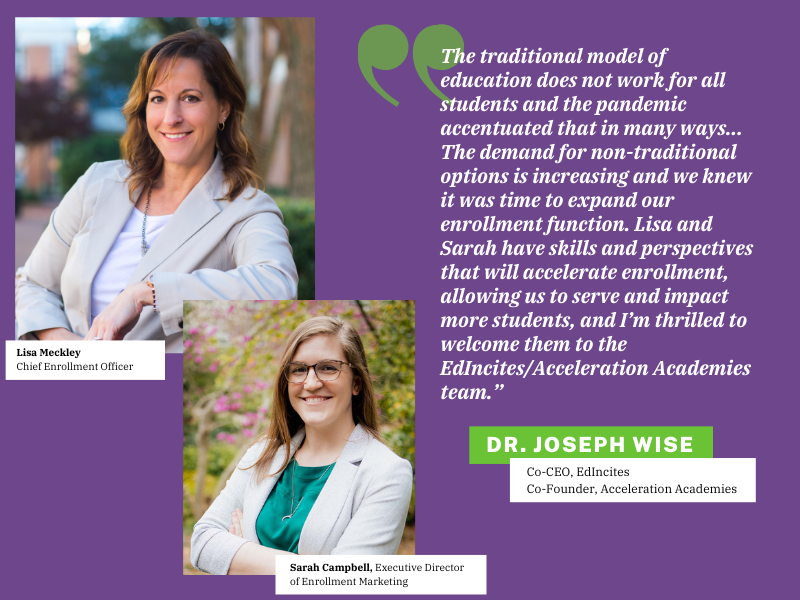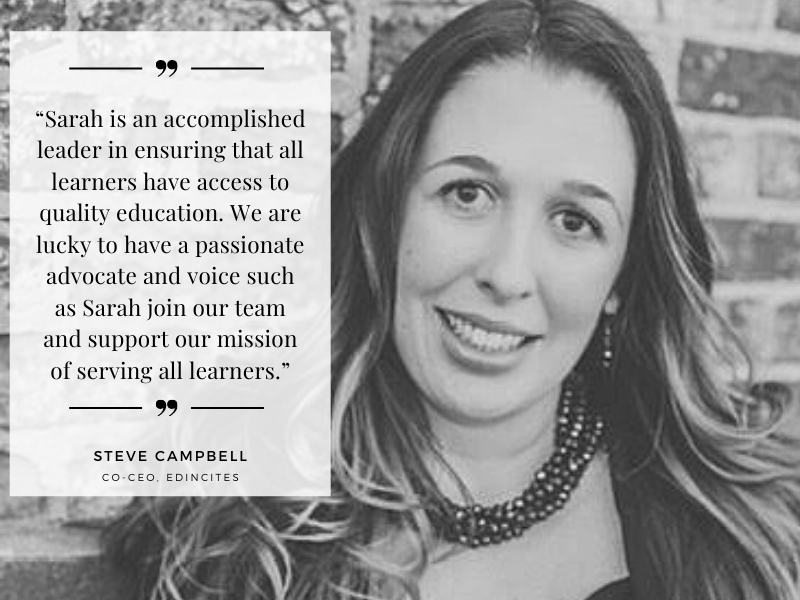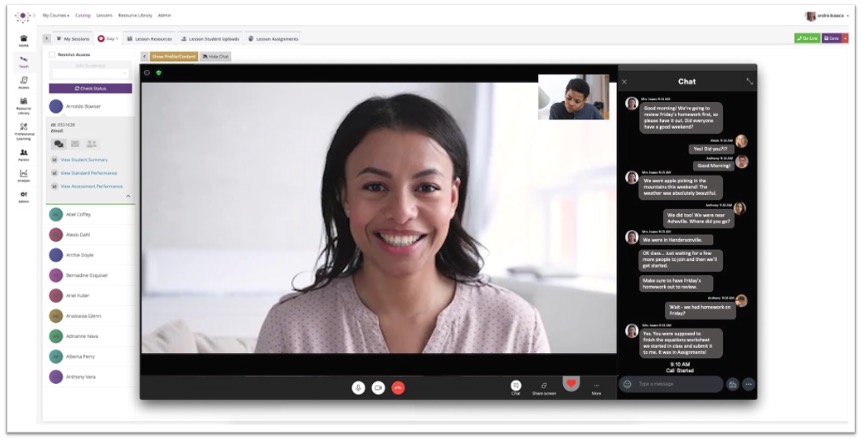
This is the first post in a series designed to share the best free resources for educators. Each installment will be tailored to a different role….first up, teachers!
The internet is full of resources for today’s teachers but filtering through them to find out which ones are most useful can be time-consuming and overwhelming. Everything from worksheets, lessons plans and collaboration tools are at a teacher’s finger tips with a simple Google search. Because we know that teachers are busy, we did the grunt work and compiled our list of the best free online resources for teachers. These recommendations came from experienced educators we interviewed. Enjoy!
-
Facebook
What It Does: Everyone knows Facebook as a social network to stay connected with your friends and family, but Facebook Groups are a powerful tool for teachers to connect, collaborate and share ideas. Facebook defines Groups as “a place to communicate about shared interests with certain people.” As long as the group is open or closed (not secret), you can search the group and request to join. There are Facebook Groups for just about any type of teacher—by state, by subject, by experience level and so much more. Check out these 40 amazing Facebook Groups courtesy of We Are Teachers.
Why We Love It: Joining Facebook Groups requires a personal Facebook account, which enhances the legitimacy and quality of content shared in the groups. Beyond that, the specificity of group types is pretty impressive, making it easy for teachers to find groups for just about any niche. The Georgia teacher we talked to said the computer science Facebook Group he’s in is his best resource for computer science-specific curricular inspiration. -
ReadWorks
What It Does: ReadWorks provides free content, curriculum and tools to power reading comprehension teaching and learning from Kindergarten through 12th grade. ReadWorks has a plethora of passages and assignments on a range of topics that can be completed digitally, by paper or projector. Some sample topics include “Thanksgiving: Fact or Fiction,” “Where Does your Food Come From?” and “Endangered Animals at a Glance.”
Why We Love It: In addition to the vast variety of content available, ReadWorks is incredibly easy to use. The library of content can be searched and filtered using a number of criteria such as grade, subject or topic, text type and Lexile and instructional objective. Best of all, ReadWorks is driven by cognitive science and designed for the “practical realities of the classroom.” -
Prodigy
What It Does: Prodigy is a beloved math learning platform for grades 1-8, used by over 50 million students, teachers and administrators. The platform motivates students to learn and practice math skills at home and in the classroom through game-based content. With Prodigy, students get to play through their way of learning key math skills.
Why We Love It: What’s not to love with Prodigy? We even had fun playing some of the games! On a more serious note, Prodigy has some cool differentiation tools so that students with different skill levels can play various versions of the same game. -
Google Classroom
What It Does: Google Classroom is a free service developed by Google that “aims to simplify creating, distributing, and grading assignments in a paperless way. The primary purpose of Google Classroom is to streamline the process of sharing files between teachers and students.” Google Classroom brings together the best of Google Drive, Google Docs and Gmail to create a paperless classroom. Students can be invited to join a Google Classroom with a private code or can be automatically added by a teacher.
Why We Love It: We love all things Google and Google Classroom is no exception. Unlike a full LMS, Google does not offer quizzes or tests or the ability to edit assignments, but we still think Google Classroom is one of the most valuable free resources out there for its organization, classroom management and communication features. -
Padlet
What It Does: Padlet brings bulletin boards into the 21st century by allowing teachers to “create beautiful boards, documents and webpages that are easy to read and fun to contribute to.” In the classroom, Padlet is mostly used as a post-it board between teachers and students. Students can access boards created by their teachers and contribute to them as a way of communicating, sharing and collaborating.
Why We Love It: A North Carolina 4th grade teacher we talked to says she loves Padlet for two primary reasons. First, it’s incredibly easy and fun to use. And second, it’s so versatile. She uses it for a number of different applications in her classroom. Check out these 30 creative uses of Padlet. -
Kahoot!
What It Does: Kahoot!’s tagline is “make learning awesome,” and the Kahoot! app certainly does that! With Kahoot!, teachers can transform the classroom into a gameshow by entering questions and answers into the app to create a game. Kahoot! instantly generates a game for students to play. Students can download the app and “buzz in” to play.
Why We Love It: Kahoot! has more than 1 billion players annually and over half of US teachers use the app in the classroom. We love it for the simple fact that it brings so much fun into the classroom. One teacher on the Kahoot! website said, “Introducing a topic, learning a concept, practicing a skill, or reviewing a lesson, while having fun, Kahoot! can do it all!” -
Seesaw
What It Does: Seesaw is a classroom app that enables students to build a digital portfolio to demonstrate and share their learning with both teachers and parents. A variety of tools (e.g. take photos, record, drawing, etc) allow students to show what they know, share their best work and explain their thought processes through annotation. This insight is shared with teachers so that they can improve instruction. It is also shared with parents so that they can support the learning process.
Why We Love It: Seesaw is fun for students, informative for parents and useful for teachers. The portfolio becomes a source of pride and excitement for students which propels the instructional process. One teacher we talked to said the Seesaw Activity Library is her favorite part of Seesaw because it sparks inspiration for classroom activities that will be fun for students while also supporting instructional objectives.
There you have it….these are the best free resources for teachers based on our conversations with educators, but we know it’s just the tip of the iceberg. If you are an educator, will you share your favorite free online resource with us on Twitter and tag @EdIncites?



